Book of Common Prayer Collection (17 vols.)
Digital Logos Edition
Overview
For many Christians, the Book of Common Prayer is the most important book used in worship with the exception of the Bible itself. Even if you don’t come from a liturgical tradition, you’ll find that the Book of Common Prayer is a well of inspiration. The influence of Book of Common Prayer has permeated into many worship traditions and ceremonies, as well as society in general. “Till death us do part,” “Earth to earth, ashes to ashes, dust to dust,” and many more phrases from the Book of Common Prayer are now common parlance.
The Book of Common Prayer Collection (17 vols.) brings together some of the most historically important editions of the Book of Common Prayer as well as key works that explain their rich history. The Book of Common Prayer has origins that date back to the 1500’s during Edward VI’s short but influential reign. Replacing various Latin rites which had been used across England, Thomas Cranmer compiled a complete English liturgy for the Church. The Book of Common Prayer became the foundational prayer book of the Church of England and was a large component of the Protestant Reformation. From its first inception in 1549, the Book of Common Prayer has undergone many revisions and updates, and many other denominations have adopted its structure. The history of the Book of Common Prayer is as fascinating as the history of the Reformation itself!
With the Logos Bible Software edition, all Scripture passages in the Book of Common Prayer Collection are tagged and appear on mouse-over. Each volume is fully integrated with the other resources in Logos, including your preferred Bible translation. This makes these resources more powerful and easier to access than ever before for scholarly work or personal Bible study. With the advanced features of Logos Bible Software, you can perform powerful searches by topic or Scripture reference—finding, for example, every mention of “baptism,” or “communion.”

- Contains twelve different editions of the Book of Common Prayer
- Enables side-by-side comparison of multiple editions at the same time
- Collection includes informative lectures, sermons, dictionary entries, essays, devotionals, and more on the Book of Common Prayer
- Title: Book of Common Prayer Collection
- Volumes: 17
- Pages: 8,275
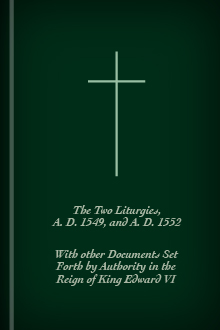
Thomas Cranmer, Archbishop of Canterbury, organized the first two editions of the Book of Common Prayer, authorized under King Edward VI during the Reformation in 1549 and 1552. With the death of Edward VI, Mary I restored Roman Catholic worship and Cranmer was burned at the stake, but the Book of Common Prayer would survive. This volume brings together these historically important texts:
- The Order of Communion, 1548
- The Book of Common Prayer, 1549
- The Form and Manner of Making and Consecrating of Archbishops, Bishops, Priests, and Deacons, 1549
- The Book of Common Prayer, 1552
- The Primer, or Book of Private Prayer, 1553
- A Short Catechism, 1553
- Catechismus Brevis, 1553
Rev. Joseph Ketley was educated at Queens College, Cambridge, and he was the curate of St. Mark’s, Kennington. He was also the editor of the Whitby Repository from 1831–1832.
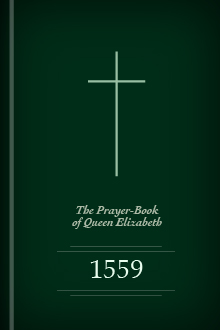
After the death of Mary I of England, her half-sister and successor, Elizabeth I, restored Protestantism and reissued the Book of Common Prayer with slight changes. Important differences include changes to the wording in the administration of the Holy Communion. Benham’s introduction gives an in-depth history of the reasons these changes occurred during this tumultuous period of English history.
Rev. William Benham was educated at St. Mark’s College, Chelsea, and King’s College, London. He was rector of St. Edmund’s and the author of numerous books, including The Church of the Patriarchs, Companion to the Lectionary, How to Teach the Old Testament, and more.
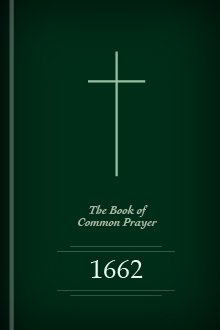
This edition of the Book of Common Prayer was instituted with the Act of Uniformity 1662, only two years after the restoration of the monarchy. It made the use of the Book of Common Prayer compulsory, and led to the protest and expulsion of almost two-thousand clergymen from the Church of England who refused to recognize it. It included the readings for the Psalter for the very first time
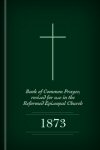
This edition of the Book of Common Prayer was created for provisional use in the Reformed Episcopal Church. The REC was formed by a group of Evangelical Episcopalians who broke away from the Protestant Episcopal Church because they were concerned about the influence of Tractarianism on the beliefs and practices of the Episcopal Church. They held their first general convention in 1873, where they approved this provisional edition of the Book of Common Prayer.
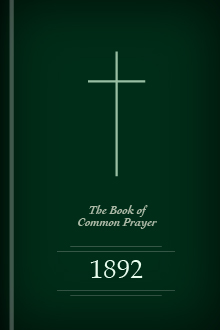
The Book of Common Prayer underwent further revision in 1892, modernizing some of the arcane language and giving ministers more discretion in choosing lessons.
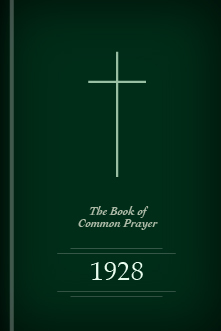
The Book of Common Prayer, 1928
- Publication Date: 1928
- Pages: 611
The 1928 prayer book was the Protestant Episcopal Church’s third prayer book. This would be the last official prayer book that would solely retain the formal/traditional language similarly used by the Church of England’s Book of Common Prayer. Although the 1928 Book of Common Prayer was replaced with a newer edition, some churches still use it regularly or occasionally, despite the formal adoption of the 1979 Book of Common Prayer by the church.
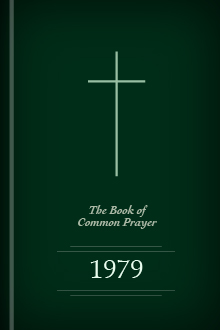
The Book of Common Prayer, 1979
- Publication Date: 1979
- Pages: 611
The 1979 Book of Common Prayer is the current and official Book of Common Prayer for the Episcopal Church. This book contained significant revisions, including the use of contemporary language, that many found controversial. Many Anglican parishes still use the 1928 Book of Common Prayer, but other churches welcomed the revisions, feeling they were needed in order to respond to changing social conditions and ongoing research and discoveries about biblical and church history.
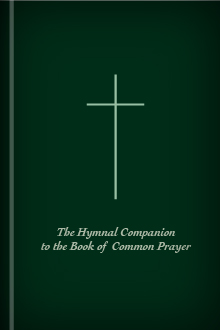
This volume brings over 600 hymns and their musical compositions together in one volume for use with the Book of Common Prayer. The editors included Charles Vincent, organist of Christ Church; D. J. Wood, organist of Exeter Cathedral; and Sir John Stainer, a professor of music at the University of Oxford.
John Stainer (1840–1901) was born in Southwark, London. Stainer was an organist at Magdalen College, Oxford and St. Paul’s Cathedral before becoming a professor of music at Oxford University in 1889. His Passion cantata The Crucifixion is considered a classic.

King’s Chapel was organized as an Anglican congregation in 1686. In 1782, Harvard graduate James Freeman was hired as a lay reader for the church during a time when it lacked a leader. He introduced Unitarian ideas in his preaching, and in 1785 the congregation accepted the revisions he had introduced to the Anglican Book of Common Prayer. Although the church still considered itself Episcopalian, the Bishop that represented the Anglican church refused to ordain Freeman, so the congregation ordained him themselves—a practice the independent Unitarian church still follows today, along with their use of the Book of Common Prayer According to the Use of King’s Chapel.
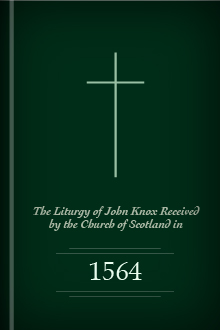
In 1564, The Liturgy of John Knox replaced the Second Book of Edward VI, otherwise known as the 1552 edition of the Book of Common Prayer, as the uniform prayer book for the Reformed Church of Scotland. This edition contains the original language and phraseology of the 1564 edition.
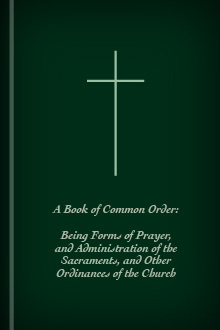
The Liturgy of John Knox officially became known as the Book of Common Order. This edition from 1890 is the sixth edition, and is divided into three main sections:
- Part 1: The Lectionary and Services for the Five Sundays of the Month
- Part 2: Containing Additional Materials for Dail and Other Services
- Part 3: The Administration of the Sacraments and Other Ordinances of the Church
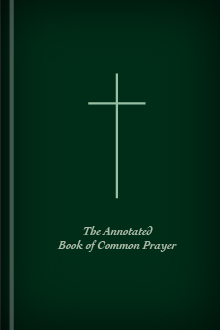
This work is an attempt to gather into one volume all the most important information that is extant respecting the devotional system of the Church of England as founded on the Book of Common Prayer. This history of the Book of Common Prayer and its variations includes illustrations, a chronological table, three appendixes, an index for the entire volume, and an extensive glossary.
John Henry Blunt (1823–1884) was an Anglican divine educated at the University of Durham. A prolific writer, his other books include A History of the English Reformation, Dictionary of Doctrinal and Historical Theology, Dictionary of Sects and Heresies, and more.
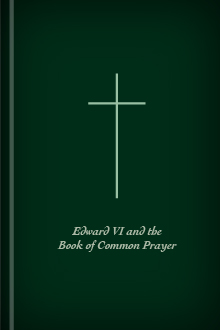
Gasquet and Bishop examine the origin and early history of the 1549 and 1552 editions of the Book of Common Prayer.
Francis Aidan Gasquet (1846–1929) was an English Benedictine monk and historical scholar.
Edmund Bishop (1846–1917) was a Roman Catholic historian of Christian liturgy.
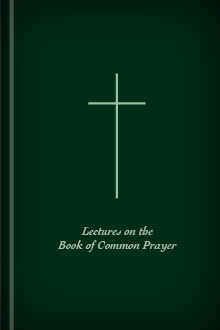
In fifteen well-articulated essays, Dickinson explains the various histories of portions of the Book of Common Prayer. Dickinson pays particular attention to the revisions made over the decades, and explores how close the current editions relate to the originals. Dickinson originally delivered these lectures at the Parish Church of St. Anne, Dublin.
Hercules H. Dickinson was Dean of the Chapel Royal, Dublin Castle. For ten years he held the Chair of Pastoral Theology in the Divinity School of the University of Dublin.
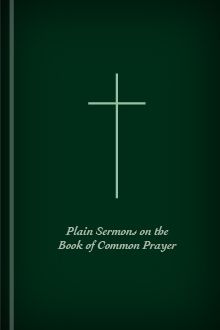
This volume offers twenty-four sermons from Edward Monro on the Book of Common Prayer and its teachings, including its teachings on the Eucharist, the Lord’s Supper, visitation of the sick, Baptism, church functions, and more.
Edward A. Monro was Perpetual Curate (1842–1860) of All Saints and opened a small college, St. Andrews at Harrow Weald, to train poor boys free of charge as schoolmasters or clergy. He was the author of over thirty books.
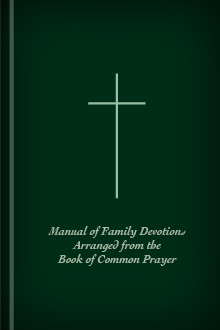
Drawn up after the model of the liturgical services of the Church of England, the Manual of Family Devotions provides daily family prayers and the proper Psalms to study on certain holy days.
Augustus Duncombe (1814–1880) graduated with a Doctor of Divinity and held the office of Dean of York.
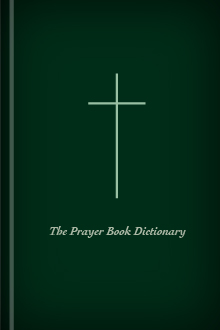
The Prayer Book Dictionary deals with the origins, history, use, and teaching of the several authorized editions of the Book of Common Prayer within the Anglican Communion. Its scope embraces all accompanying ceremonies and supplementary rites, the ornaments of the Church and all its ministers, Church structures and fittings in their relation to worship, ecclesiastical persons and bodies, and the legislative judicial or administrative authorities in regard to the above. Over 100 scholars contributed to the dictionary.
Reviews
11 ratings

Ordice Gallups, Obl.S.B.
8/24/2018

Kevin Bratcher
6/12/2018

Ralph A. Abernethy III
9/7/2017

Scott J Sherwood
5/23/2016
Scott Gunn
2/23/2016

Fr. Joel Turmo
4/10/2014

Allen Bingham
3/28/2014

Eric Hillegas
3/14/2014


Fr. Richard Hobbs
1/27/2014